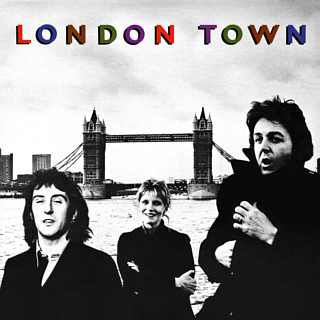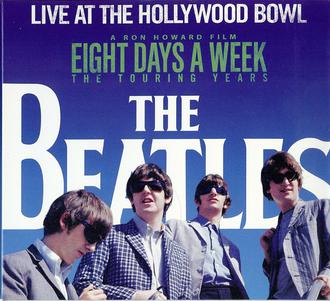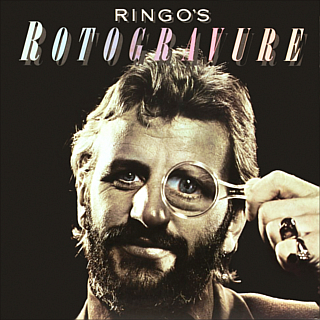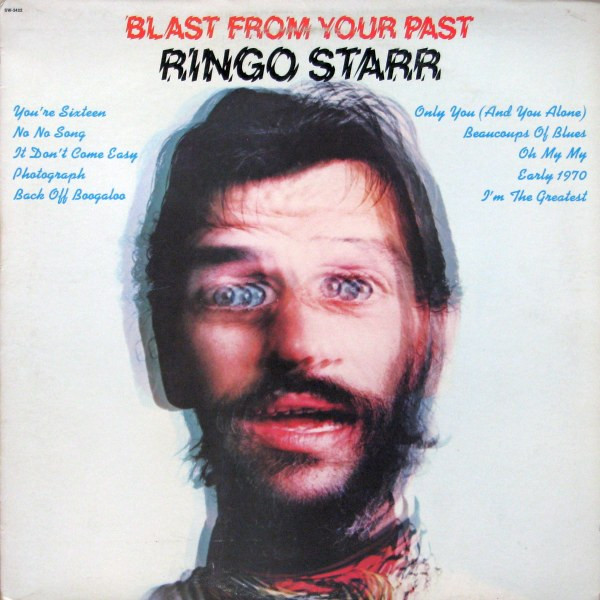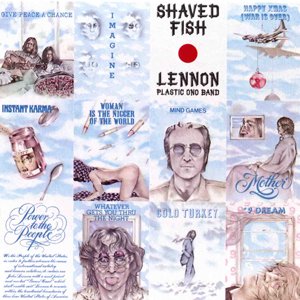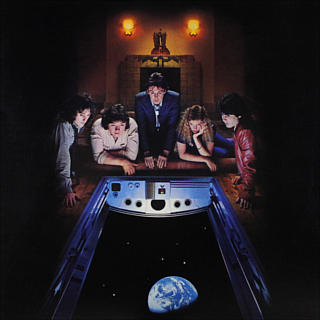 It was a new label for Paul in the States—is that why there was no poster or lyrics?—and two new Wings joined up just in time to help out. In the days when punk was still a fresh news item, Back To The Egg was designed for progressive FM radio, with an emphasis on the Rock, and an edge that had seemed to be missing from his sillier love songs. (Despite the success of the disco-flavored single “Goodnight Tonight”, it wasn’t included.)
It was a new label for Paul in the States—is that why there was no poster or lyrics?—and two new Wings joined up just in time to help out. In the days when punk was still a fresh news item, Back To The Egg was designed for progressive FM radio, with an emphasis on the Rock, and an edge that had seemed to be missing from his sillier love songs. (Despite the success of the disco-flavored single “Goodnight Tonight”, it wasn’t included.) The opening track, “Reception”, is bound to bewilder American ears that aren’t familiar with all the sounds from the different countries fading in and out of British radio. But the bass line is funky, and those keyboards are pretty sci-fi as well. “Getting Closer” continues the rock feel, and like most of his recent heavy singles, sank on the charts. “We’re Open Tonight” repeats the same theme over and over, but is done soon enough. (If you’ve been listening exceptionally closely, you may discern a theme to the album: that of getting back to basics and back on the road. It’s not obvious.) “Spin It On” is Paul’s salute to speed metal. Good luck trying to understand the words. “Again And Again And Again” is Denny’s, while it could have been Paul writing for all we knew. “Old Siam, Sir” is also impenetrable, but has enough attitude to make it good, especially those breaks. (Also released as a single, it too tanked.) “Arrow Through Me” has a smooth funk sheen to nicely end the side.
“Rockestra Theme” is performed en masse by two dozen all-star invitees set up around the studio like an orchestra. It was a good idea, and the tunes he wrote fit like a glove, even if you couldn’t pick out anyone’s particular style. “To You” gets major demerits for these lyrics: “What if it happened to you/Get it out of my shoes/You’re stepping on my toes/Get it out of my nose”. But it does rock, particular the synthed-up guitar solo. A couple more ‘look! It’s a medley!’s follow. “After The Ball” is half-finished, while “Million Miles” has us standing at the side of a fjord with a concertina. “Winter Rose” has you checking your needle, as his voice sounds so scratchy. It’s nice by itself, but when added to “Love Awake” it gets lifted. There’s even a “snow” reference to hearken back too. Very nice. “The Broadcast” is a lovely classical melody that’s about as repetitive as “We’re Open Tonight”, only with poems on top of it, apropos of nothing. (Has the “theme” revealed itself yet? Don’t worry, it won’t.) “So Glad To See You Here” has the Rockestra again, with yet another reference to “We’re Open Tonight”. “Baby’s Request” is another music hall saloon song, and while it doesn’t Rock, ends it all neatly and as a nice add-on as the big show’s encore.
Back To The Egg got lambasted at the time. America’s record-buying market had long succumbed to the idea that singles promote albums, so the public didn’t know what to expect. Columbia didn’t know what to do with it either, and they didn’t promote it further than they had to. (One nasty review even says the cover depicts Paulie staring glumly at his career having fallen through a hole in the floor into the vacuum of outer space.) While it should have appeased those of his ready-made consumers who said he’d been getting soft, it just confused the public as a whole. What some call diversity, others call bandwagon jumping. It’s held up just fine for those willing to give it a chance. (The CD adds the excellent B-side “Daytime Nightime Suffering”, plus both sides of the most annoying Xmas single in music history: the execrable “Wonderful Christmastime” and the instrumental “Rudolph The Red-Nosed Reggae”.)
Wings Back To The Egg (1979)—3½
1989 CD reissue: same as 1979, plus 3 extra tracks
:format(webp):mode_rgb():quality(90)/discogs-images/R-1121737-1282119910.jpeg.jpg)

